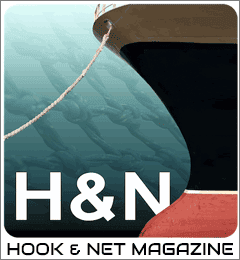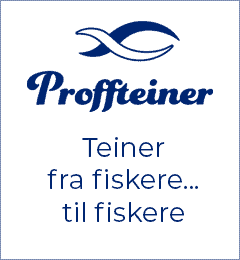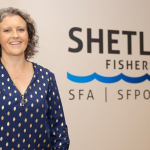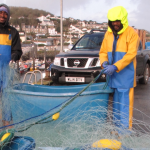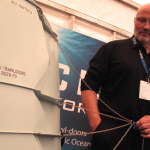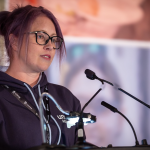As some Regional Fisheries Organisations, such as the Western and Central Pacific Commission (WCPFC), have suspended the placement of observers on purse seine vessels due to COVID-19 health concerns, disrupting monitoring activities in some of the world’s most productive fishing grounds, Spanish company Satlink has launched an ambitious training programme for on-board observers who are responsible for compliance monitoring on vessels operating in various EEZs.
Satlink specialises in developing electronic monitoring technology for sustainable fishing, and with this programme is offering RFOs, local governments and fleets the possibility of carrying out fisheries monitoring through video data and images captured by electronic on-board observation systems, such as Satlink’s SeaTube system.

This is an option for career-enhancing EM training for these professionals to continue with fishery observation and monitoring. Some RFOs, including the WCPFC, have been forced to suspend the placement of observers on purse seiners due to COVID-19. This decision affects about 800 professionals.
The Satlink EM training programme would not only maintain the jobs of the observers in many parts of the Pacific, but allow for more vessels to be monitored electronically, thus increasing the number of these professionals needed for video review. Based on more than 5000 longline and purse seine vessels operating there, it is estimated that at least 25% more human observers will be needed. This training would expand the use of EM and improve existing fishery monitoring and compliance activities that safeguard sustainable fishing practices which are at risk because of the absence of observers on board.
‘These electronic monitoring systems are not only the main source of precise, reliable and verified data for the development of better selective fishing practices and the establishment of measures that ensure the sustainability of the stocks, but also for the fixation and generation of employment on land and the improvement of working conditions for observers in terms of safety on board the vessels, conciliation and professional development,’ said Satlink president Faustino Velasco
He commented that the company’s depth of fisheries knowledge has allowed the it to develop EM systems that are capable of continuously recording the activity on fishing vessels to verify good fishing practices and responsible treatment of crew.
Since 2014, the company also bases its expertise through the training of more than 150 people on how to perform data analysis activities around the world. With Satlink’s EM technology, human observers can generate from video review accurate reports on the composition of catches, size, by-catch and confirm fishing zones.
Satlink is a leader in developing EM monitoring solutions, with more than 220 installations on vessels operating in the Atlantic, Indian and Pacific Oceans. The company has been working in close collaboration with governments, NGOs and fishing companies to make the transition to EM fast and efficient. Among its most recent projects are those initiated by the governments of the Solomon Islands and Micronesia, countries with economies that are highly dependent on fishing.
In the Pacific Ocean Region, Satlink leads in the installation of EM training centres, with more than 20 video analysis systems now in place. These centres are responsible for monitoring approximately 110 fishing vessels from nine countries.




